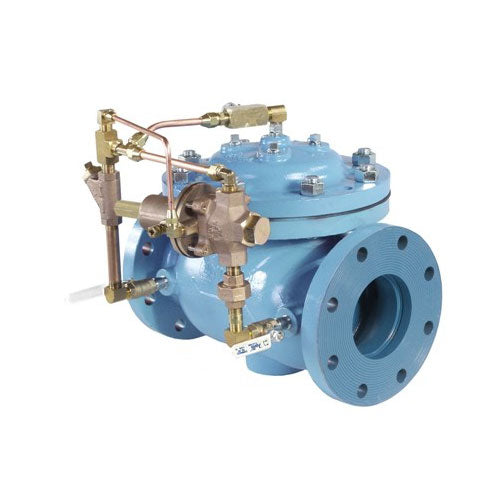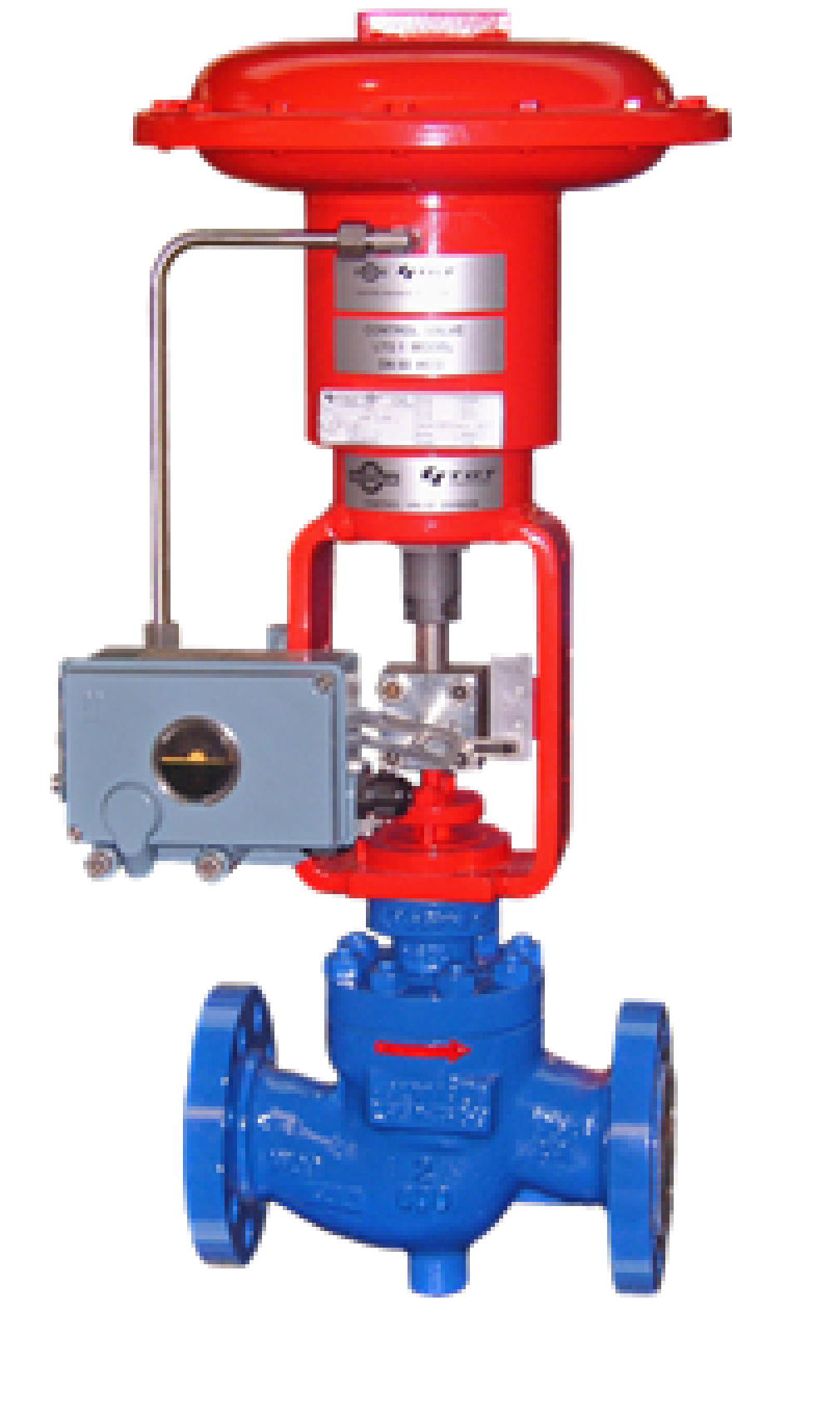
Maximize Energy Savings and Comfort With Advanced Structure Automation Controls
In the world of modern-day style and center monitoring, the integration of sophisticated building automation manages stands as a pivotal improvement. The merging of technology and sustainability has actually birthed a new period where power performance, convenience optimization, and functional streamlining are no more remote goals however attainable facts. By utilizing the power of automation, buildings can adjust, react, and develop in ways that were as soon as unthinkable. The capacity for significant power cost savings and enhanced convenience is not just an opportunity yet an assurance waiting to be satisfied. This standard shift in building monitoring holds the crucial to opening a world where environmental conscientiousness and occupant wellness sympathetically exist together within the wall surfaces of our structures.
Power Efficiency Conveniences
Energy performance benefits can dramatically minimize power intake and operational prices in buildings. By executing energy-efficient practices and modern technologies, building proprietors and drivers can attain considerable savings while additionally adding to environmental sustainability. One of the key benefits of boosting power performance in buildings is the reduction of energy bills. Energy-efficient systems, such as innovative building automation controls, can optimize making use of resources like home heating, air conditioning, and illumination, leading to lower energy expenditures over time.
Moreover, improved power performance can prolong the life expectancy of building tools and systems. By operating extra efficiently, cooling and heating systems, light, and other structure parts experience less wear and tear, causing minimized maintenance and substitute prices. Additionally, energy-efficient structures usually regulate higher building worths and rental prices, giving long-term financial advantages to owners.
In addition, power performance can enhance owner comfort and productivity. Appropriately regulated interior settings with ideal illumination and thermal conditions develop an even more favorable and pleasant workspace, causing enhanced employee fulfillment and efficiency. Overall, the energy efficiency advantages connected with advanced building automation controls are diverse, incorporating cost savings, ecological stewardship, and owner well-being.
Enhanced Comfort Control
Enhancing comfort control in structure environments calls for a sophisticated integration of advanced automation systems for optimum passenger wellness. By using advanced building automation controls, centers can customize the indoor environment to meet the details needs and choices of residents. control valves.
Enhanced convenience control surpasses basic temperature level changes. It includes attributes such as customized setups, occupancy sensors, and all-natural light usage to develop a responsive and dynamic environment. By incorporating these sophisticated controls, buildings can not just enhance comfort yet additionally boost energy performance by optimizing system procedures based upon real tenancy and use patterns. Ultimately, prioritizing resident convenience via advanced automation systems results in a much more enjoyable and much healthier indoor setting.
Operational Performance Improvements

Additionally, the application of real-time monitoring and analytics tools enables structure operators to determine energy ineffectiveness and operational abnormalities without delay. By continually keeping track of power usage patterns and system efficiency metrics, modifications can be made in real-time to enhance energy intake and make sure peak operational efficiency. control valves. Furthermore, integrating demand reaction strategies right into building automation controls can further improve functional performance by dynamically adjusting power usage based on grid problems and prices signals
Indoor Climate Optimization
Effective interior environment optimization is a basic aspect of building automation controls, ensuring occupants' comfort and wellness while making best use of power financial savings. By using advanced sensors and controls, constructing automation systems can constantly change and monitor temperature check my source level, humidity levels, air quality, and air flow to develop an optimum interior setting. Preserving comfy and regular conditions not just enhances passenger complete satisfaction however likewise boosts productivity and total well-being.
Interior climate optimization likewise plays a vital function in power effectiveness. By fine-tuning home heating, air conditioning, and air flow systems based on real-time data and occupancy patterns, building automation controls can significantly minimize power consumption - control valves. As an example, executing strategies such as demand-controlled air flow and thermal zoning can help reduce power waste while guaranteeing that each area of the building obtains the necessary conditioning.

Sustainable Environment Development
Structure automation regulates not just enhance indoor environment conditions for energy efficiency and occupant comfort yet likewise lay the structure for creating a sustainable atmosphere via tactical monitoring of sources and systems. By incorporating sophisticated building automation technologies, such as sensors, actuators, and smart software, centers can readjust and monitor energy use in real-time to reduce waste and lower their carbon impact. These systems allow anticipating upkeep, identifying potential concerns prior to they rise and maximizing devices performance to boost durability YOURURL.com and effectiveness.
Additionally, sustainable environment production expands past power administration to incorporate water conservation, waste decrease, and interior air high quality improvement. Structure automation controls can control water usage, spot leaks, and make certain correct garbage disposal methods, adding to overall sustainability efforts. Additionally, by checking and regulating air flow and purification systems, these technologies boost occupant health and wellness and efficiency while decreasing power intake related to heating and cooling procedures.
Final Thought
Finally, progressed structure automation manages deal significant benefits in regards to energy cost savings, comfort control, functional performance, interior climate optimization, and producing a sustainable setting. By carrying out these controls, structures can achieve optimal performance while minimizing energy intake and boosting passenger comfort. It is obvious that using advanced automation innovation is critical in improving building efficiency and producing a much more sustainable future.
Energy efficiency benefits can significantly reduce energy intake and functional prices in buildings. In general, the energy effectiveness benefits linked with sophisticated building automation controls are complex, encompassing cost savings, ecological stewardship, and occupant health.
Furthermore, including demand action techniques right into structure automation controls can even more boost functional efficiency by dynamically readjusting power usage based on grid problems and prices signals.
Building automation manages not only enhance interior environment conditions for energy efficiency and owner comfort but likewise lay the foundation for producing a sustainable environment through strategic management navigate to this website of systems and resources.In final thought, advanced building automation regulates deal substantial benefits in terms of energy savings, comfort control, functional effectiveness, indoor environment optimization, and creating a lasting setting.